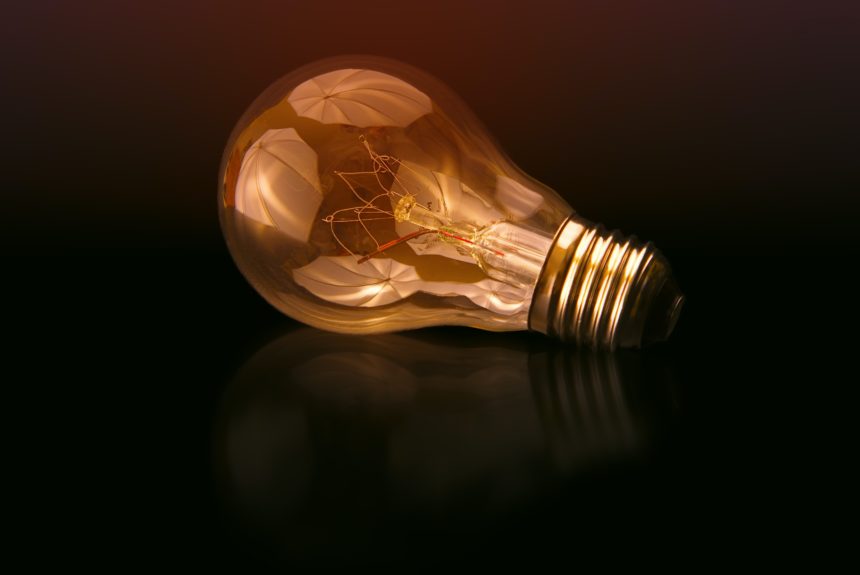Daniel T. Schwartz writes in Scientific American about clean energy test beds.

- While many of the technologies that we need to reach net-zero carbon emissions aren’t on the market yet, they are being developed in research labs and clean energy test beds.
- Clean energy test beds are facilities that bring together innovators and scientists to create breakthrough clean energy technologies and are funded by both the private and public sector.
- One such technology is a solar cell that is 30% more efficient than current solar cells, developed by BlueDot Photonics and the University of Washington chemistry labs.
- While clean tech has historically been hamstrung by high costs and completion times, clean energy test beds provide a possible avenue to the rapidly deploying clean technologies.
“Historically, climate change research and technology advances have been waylaid by high costs and time delays. There has also been a disconnect between the technology deployers and the researchers, meaning both the research and the vehicles to test and enact the research exist but the two don’t always meet. Clean energy test beds have emerged as a model for overcoming these barriers, combining top executors and brilliant ideas to develop and deploy clean energy technologies that are at once timely, cost-effective and viable.”
Read the full article here.
The views and opinions expressed are those of the author’s and do not necessarily reflect the official policy or position of C3.
